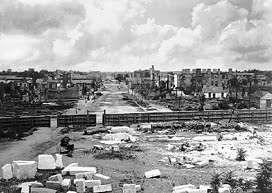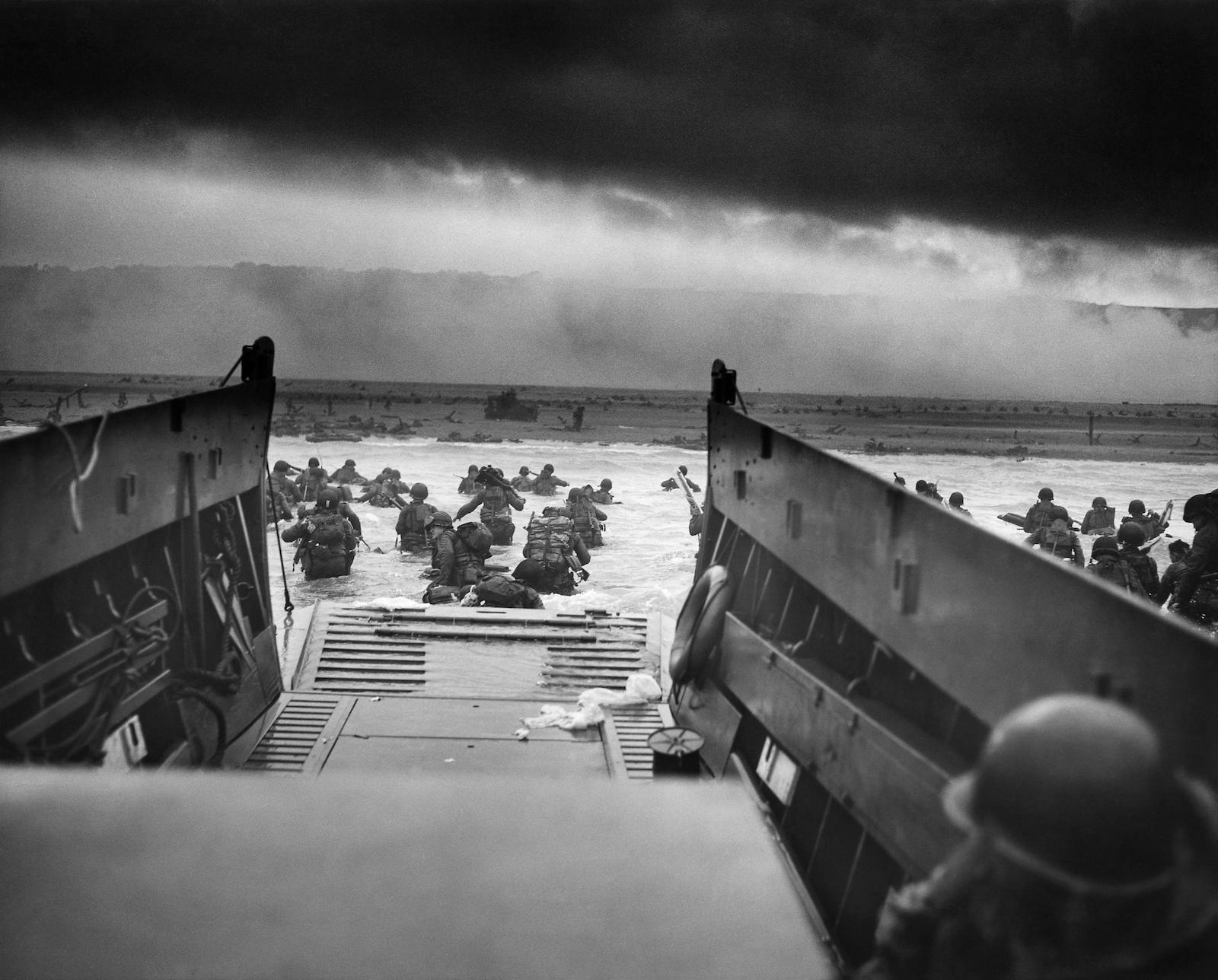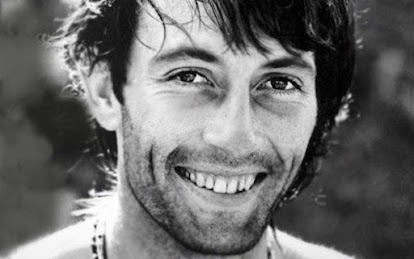Is Photojournalism Art
1.
Photo by: George N. Barnard
Image Source: https://www.wesleyan.edu/dac/collection/photographs-before-1900.html
Year Created: 1864
Principle #1: Rule of thirds: The buildings and other main elements of this picture are setoff center which give the photo a more dynamic feel.
Principle #2: Leading lines: The lines of the street and the street buildings are a guide to the audience eyes.
Principle #3: Contrast: The bleak background of rubble and debris paired with the horse drawn carriage highlights the subject in the picture.
Why did I choose the image?: I thought his picture told a very interesting story, I don't exactly know what that story is but I assume it is some sort of abandoned or war torn town that is now being navigated by a lone traveler.
2.
Photo by: Robert F. Sargent
Image Source: https://www.artandobject.com/news/lasting-impact-wwii-photography
Year Created: 1944
Principle #1: Emotion: This photograph shows an encapsulating moment in time, showing fear, bravery, tension, and unease. The picture lashes out to you and speaks volumes.
Principle #2: Lighting: Even with the picture in black and white, there is a fair amount of shadowing and light differences that draws more attention to certain features. The bleak soldiers contrasted against the bright reflective water, or the bright fog over the beach right beneath a void like sky.
Principle #3: Depth of Field: The almost blurry background paired against the clear focus right up close adds to the viewers experience and perspective.This adds depth and can be easier envisioned which can cause the photograph to have longer lasting effects or opinions.
Why did I choose the image?:
I felt this picture really put it into perspective for what it felt to look out the boat right before storming the beaches. This picture is a perfect example of fear and bravery, running straight into the "storm".
3.
Photo by: Carol Guzy
Image Source: https://www.pewresearch.org/short-reads/2014/11/03/berlin-walls-fall-marked-the-end-of-the-cold-war-for-the-american-public/
Year Created: 1989
Principle #1: Framing: The inclusion of the crowd barely in view puts emphasis on the central piece of the picture, in this case, the man speaking on the wall.
Principle #2: Symmetry: The balance between the wall side in pieces and the wall still standing with the crowd mixed in really send the message of harmony and community. People coming together for what is right.
Principle #3: Texture: The graffiti on the wall adds way more to the photograph than some may realize. If you imagine the photo again but without the graffiti it takes a good amount away from this image. The graffiti almost adds a deeper story to as what is in this photograph.
Why did I choose the image?:
I find this time period so interesting already so I definitely think I'm biased here but I feel this image is a complete embodiment of how people felt during this moment, it was the end of an era. Families were reunited, economic relief was granted to those who needed it, there was peace and happiness.




Comments
Post a Comment